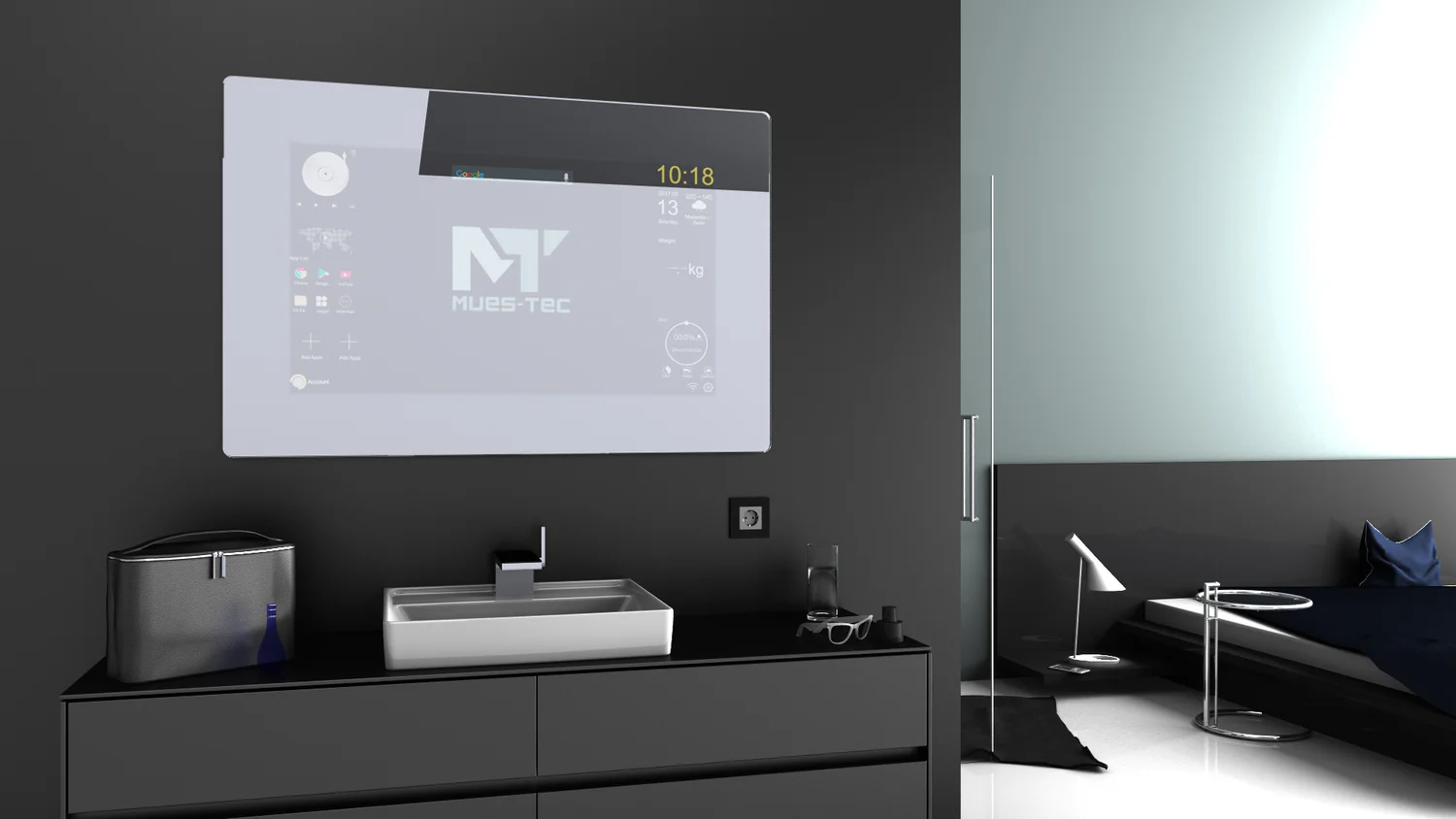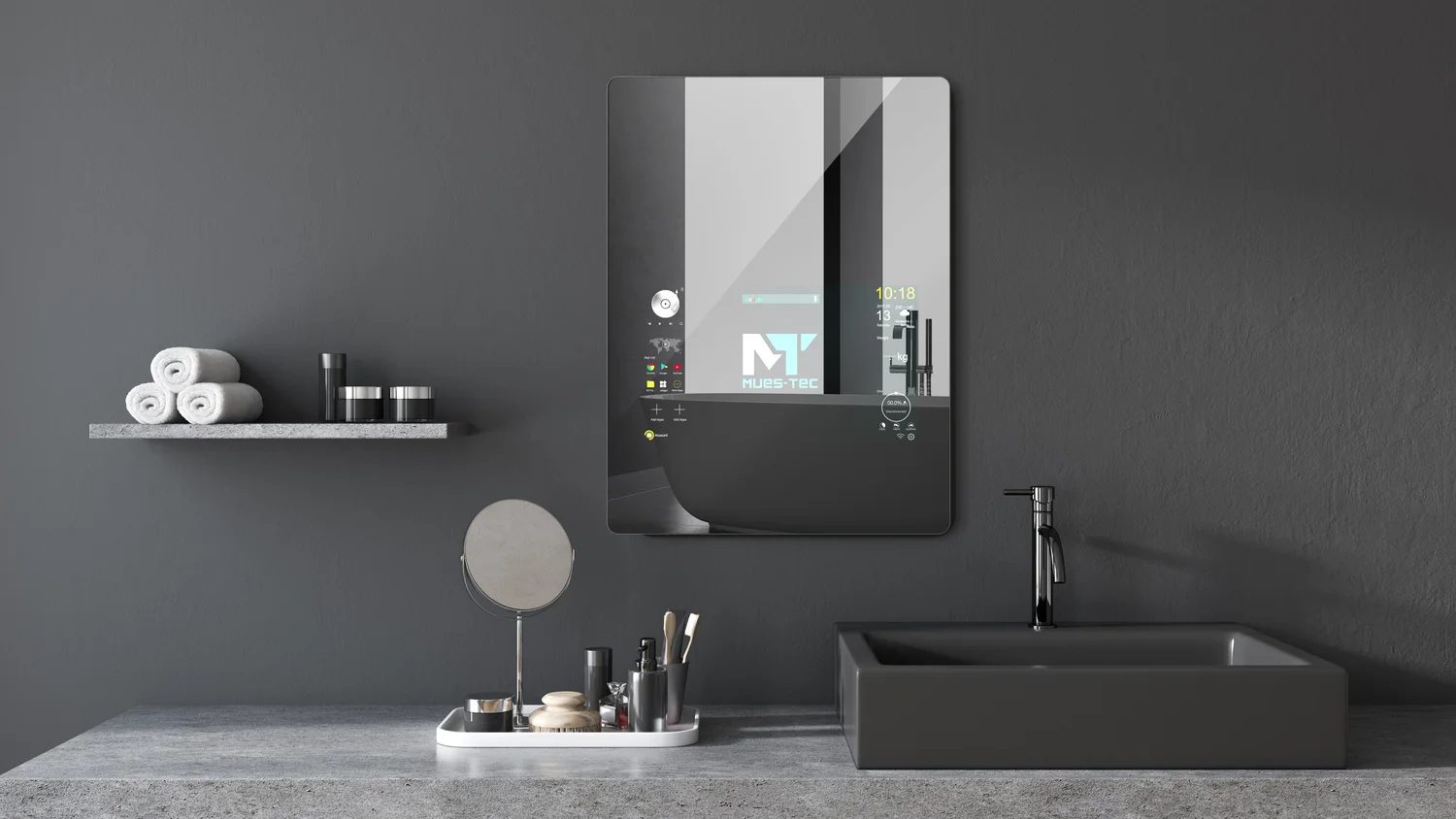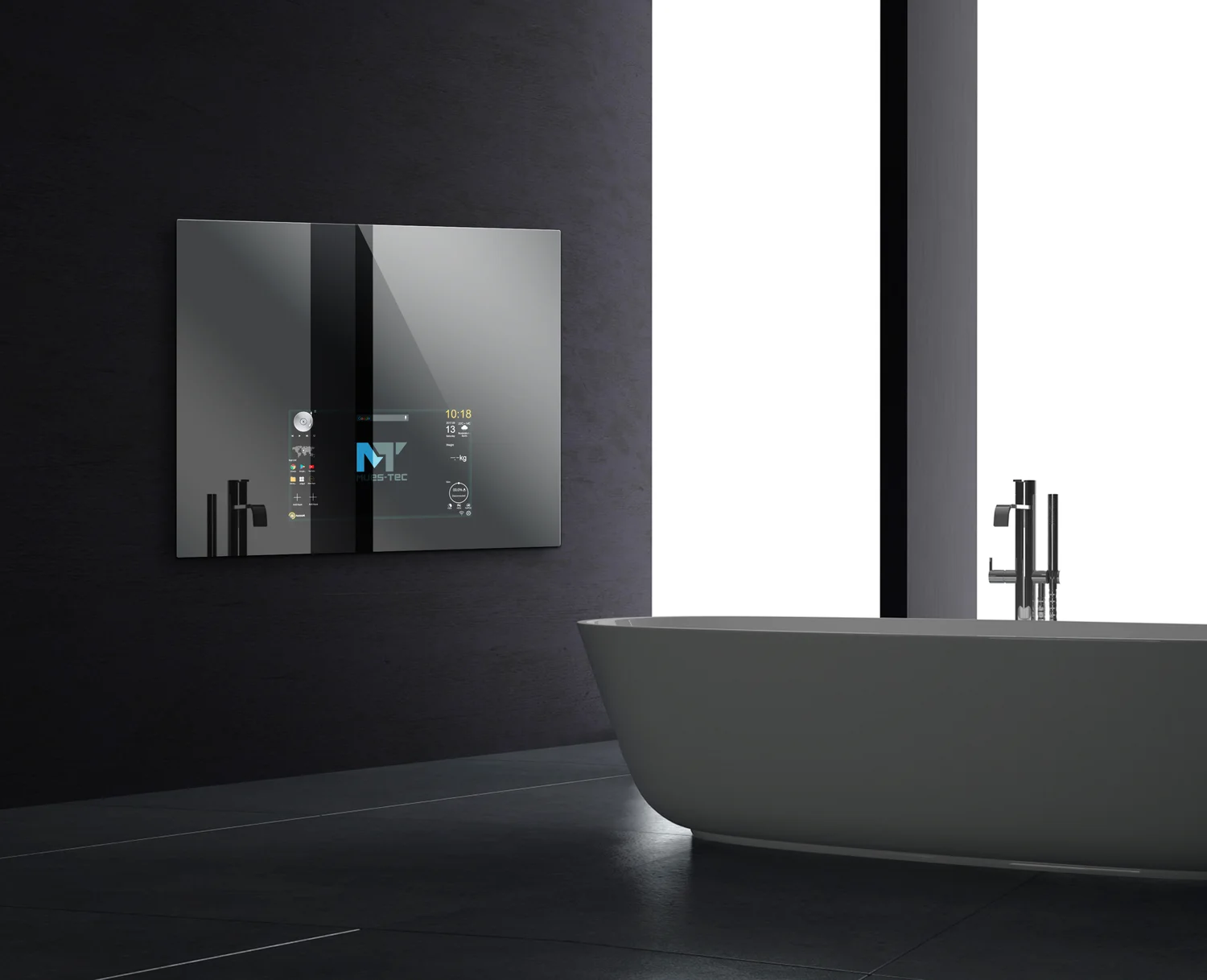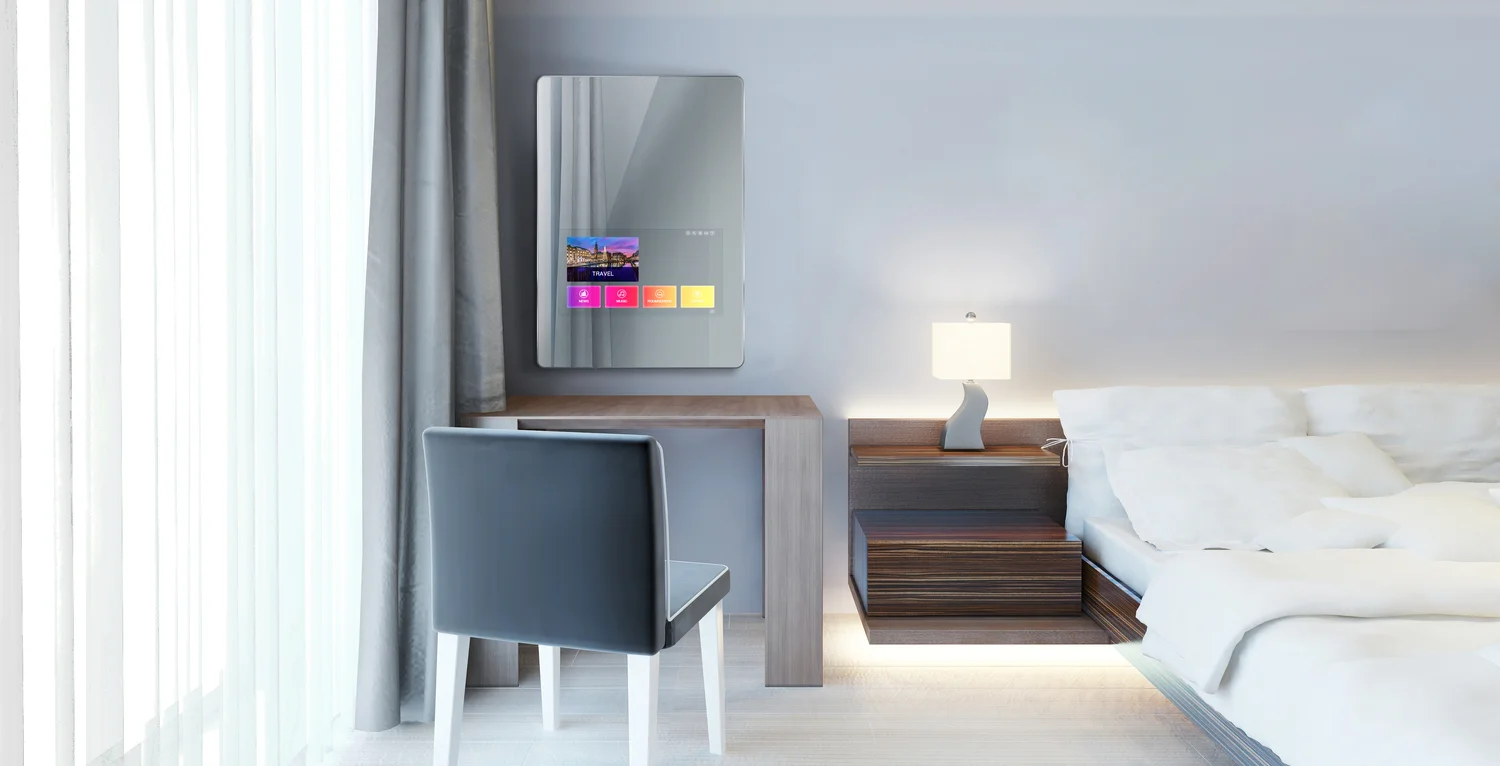Smart Mirror Market 2025: Growth Projections and Industry Insights
September 5, 2025
Table of Contents:
- Market Size & Growth Projections
- Key Segments & Technological Drivers
- Regional Dynamics
- Challenges & Strategic Considerations
- Outlook & Recommendations
- Conclusion
- FAQ
As smart technologies increasingly redefine the boundaries of architecture, retail, hospitality, and wellness, the global smart mirror market enters a new phase of accelerated growth and strategic importance.
Smart mirrors have evolved beyond simple reflective surfaces into integrated hubs for information, communication, and customization. Their growing relevance spans industries — from automotive to healthcare — while their role in enhancing user experience and brand perception continues to intensify. In this context, understanding market dynamics in 2025 is essential for developers, designers, and digital innovators.
Market Size & Growth Projections
According to a recent study by The Business Research Company, the smart mirror market stood at USD 3.67 billion in 2024 and is projected to reach USD 4.10 billion by 2025. This trajectory suggests a year-on-year growth rate of 11.8%, with further expansion expected to elevate the market to USD 6.62 billion by 2029 at a compound annual growth rate (CAGR) of 12.7%.
Key growth drivers include the integration of AI and AR technologies, the rise of personalized shopping and wellness experiences, and increasing smart home adoption globally. While tariffs on display components and sensors may pose challenges in certain regions, the long-term outlook remains firmly positive.

Key Segments & Technological Drivers
The smart mirror ecosystem is defined by its layered architecture:
- Components. Hardware (sensors, displays, cameras), software (OS, apps, UX interfaces), and services (installation, updates, analytics).
- Types. Interior and exterior mirrors, supporting both connected and standalone functionalities.
- Applications. Consumer (residential), retail, automotive, healthcare, and marketing.
One of the most transformative trends is the rise of AR-smart mirrors. These systems allow users to interact with overlays for fitness training, virtual try-ons, or skin diagnostics. Equally important is the advancement in edge AI processing, which enables faster, localized interactions — minimizing latency and dependence on cloud infrastructure.
Another notable development is biometric integration. From facial recognition to posture correction and skin health scanning, smart mirrors are becoming active participants in wellness ecosystems.

Regional Dynamics
North America and Europe follow, with a focus on high-end applications in luxury homes, automotive systems, and flagship retail.
Despite global growth, regional factors like trade policies, infrastructure, and consumer preferences significantly influence adoption patterns.
Major players shaping the industry include Samsung Electronics, Electric Mirror Inc., Panasonic, HiMirror, Portl Technologies, and Gentex Corporation. These companies are investing heavily in R&D, strategic partnerships, and design customization to secure their foothold in a rapidly evolving market.

Challenges & Strategic Considerations
The smart mirror sector is not without its complexities. Component costs remain high, particularly for AR displays and anti-glare surfaces. Privacy and data security are critical, especially in healthcare and biometric applications. Moreover, achieving low-latency, seamless UX is essential to user satisfaction and brand credibility.
There is also the challenge of market fragmentation. With various proprietary platforms and limited interoperability, customers may hesitate to invest in ecosystems that may not evolve in sync with broader smart home standards.

Outlook & Recommendations
To capitalize on the opportunities in 2025 and beyond, companies should focus on modular platforms that support feature expansion over time. Edge intelligence will be crucial to real-time performance, while partnerships with wellness, retail, and hospitality brands can unlock high-value installations.
Value-added services — such as usage analytics, remote diagnostics, and subscription content — offer long-term revenue potential and increase client retention. Finally, sustainability in design and manufacturing will become a differentiator as ESG priorities gain prominence in corporate purchasing.
Conclusion
The smart mirror market in 2025 is carving a trajectory of strong growth, with your estimated base of USD 4.10 billion evolving into USD 6.62 billion by 2029 under a 12.7 % CAGR. Fueled by AR/AI innovations, wellness integration, interactive retail, and smart home demand, the sector is no longer niche but strategic.
FAQ
What is the projected size of the smart mirror market in 2025?
The smart mirror market is expected to reach approximately USD 4.10 billion in 2025, reflecting strong momentum in both consumer and commercial segments. This growth is underpinned by increasing demand for connected, intelligent interfaces across home, automotive, retail, and health industries.
Which segments show the strongest growth potential?
Retail and healthcare are emerging as high-growth verticals due to their focus on personalization, diagnostics, and immersive user experience. AR-smart mirrors, in particular, are becoming key assets in these domains. Interior mirrors with edge intelligence are also seeing rapid uptake in the residential sector.
What are the primary risks in this industry?
Smart mirror manufacturers must contend with high production costs, evolving data privacy regulations, and technical challenges in UX delivery. Trade disruptions and component shortages can further impact timelines and margins, especially for premium installations.
How can a company gain competitive advantage in the smart mirror market?
Strategic advantage comes from delivering scalable, customizable platforms with edge intelligence and strong partner ecosystems. Emphasis on software experience, remote support, and sustainability can also set a brand apart in a market increasingly defined by functionality and user trust.
Recent articles
September 26, 2025
Touchscreen Mirror Applications: From Bathrooms to Retail SpacesSeptember 19, 2025
Digital Mirrors: Technology, Features, and ApplicationsSeptember 8, 2025
Smart Mirror Link Integration: Connecting Apps and Devices